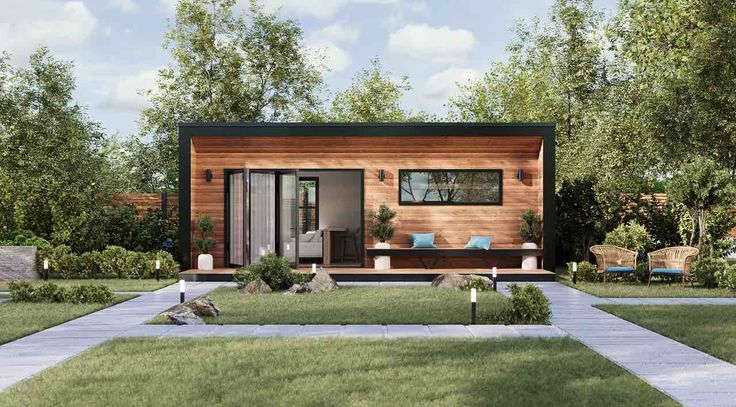
What is an ADU? (Accessory Dwelling Unit)
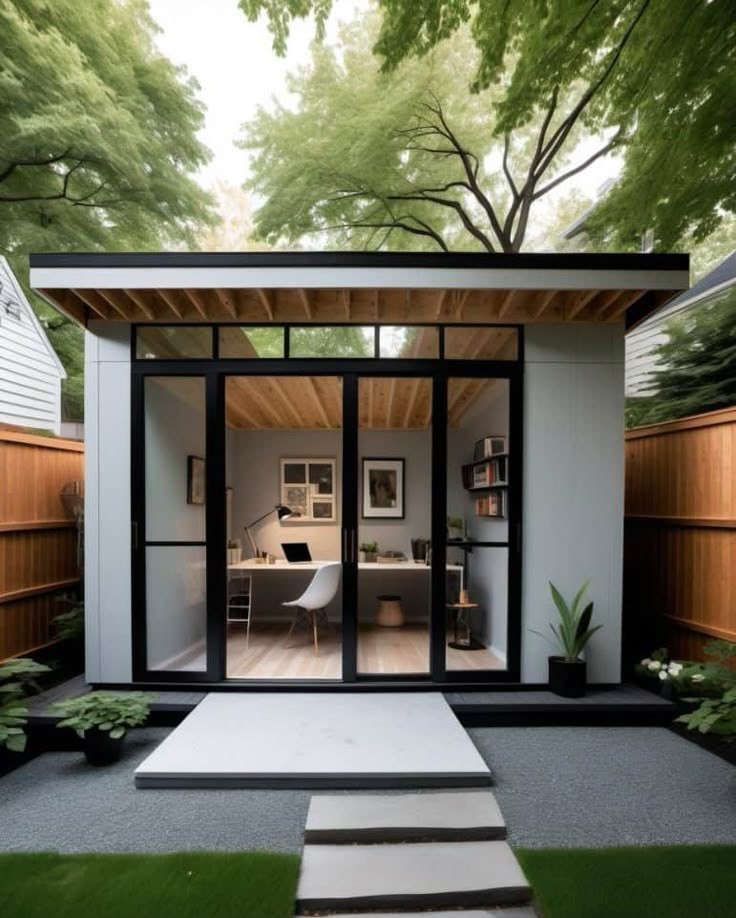
An Accessory Dwelling Unit (ADU) is a self-contained residential unit located on the same property as a main home. Other names for ADUs include:
- Granny Flats
- In-law suites
- Backyard cottages
- Secondary dwelling units
Why ADUs Are Gaining Popularity?
- Affordable housing solution in high-cost cities.
- Increased property value for homeowners.
- Rental income potential from long-term or short-term tenants.
- Multigenerational living for elderly parents or adult children.
Types of ADUs: Which One is Right For You?
- Detached ADU – A separate structure from the main house (highest privacy but most expensive.)
- Attached ADU – Built as an addition to the existing home (shares a wall, cheaper to build).
- Garage Conversion ADU – Transforms an existing garage into a living space (cost-effective but limited space).
- Basement ADU – Converts a basement into a rental unit (good for urban areas, requires waterproofing).
- Junior ADU (JADU) – A small unit within the existing home (budget-friendly but size-restricted).
Why Build An ADU? Top Benefits
✔ Rental Income – Earn passive income by renting out your ADU.
✔ Increase Property Value – Adds resale value to your home.
✔ Multigenerational Living – Keep family members close while maintaining privacy.
✔ Flexible Housing Option – Ideal for guests, home offices, or downsizing.
Legal & Financial Considerations
Understanding ADU Zoning, Permits, and Regulations
Before building an ADU, check:
- Local Zoning Laws – Some areas limit ADU size, height, or lot coverage.
- Permit Requirements – Construction permits, utility approvals, and occupancy regulations.
- Property Qualification – Some locations require minimum lot sizes or setbacks.
How Much Does It Cost to Build an ADU?
Cost Range: $50,000 – $300,000+
Factors Affecting ADU Costs:
- Size & Design – Larger, custom ADUs cost more.
- Construction Materials – Prefab ADUs are cheaper than custom-built.
- Labor Costs – Hiring a contractor increases expenses.
- Utility Connections – Sewer, electricity, and plumbing add extra fees.
Financing Options for Your ADU
How to Fund Your ADU Project:
- Home Equity Loans – Use your home’s equity as collateral.
- Cash-Out Refinancing – Refinance your mortgage for extra funds.
- Construction Loans – Specifically for building projects.
- Government Incentives – Some states offer grants or tax credits.
Designing & Building Your ADU
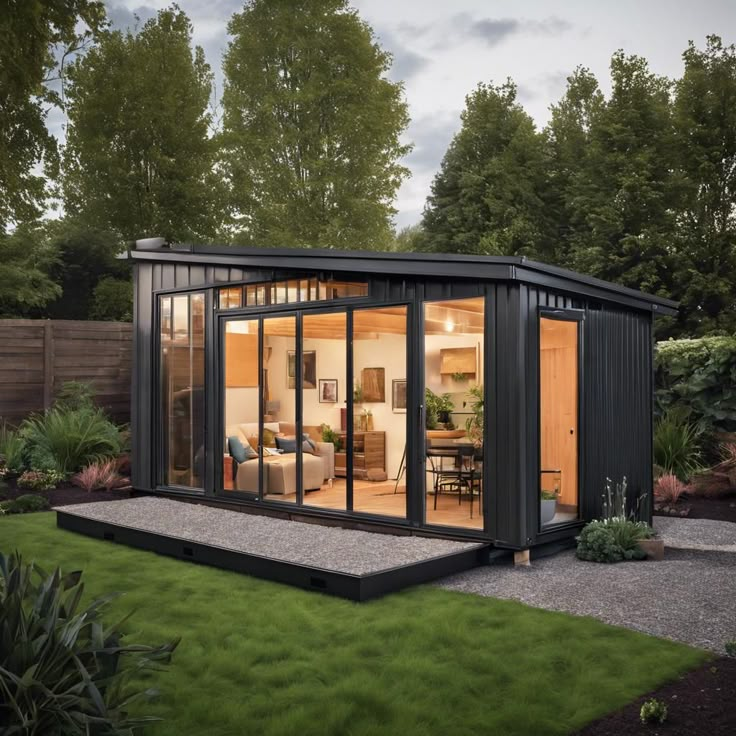
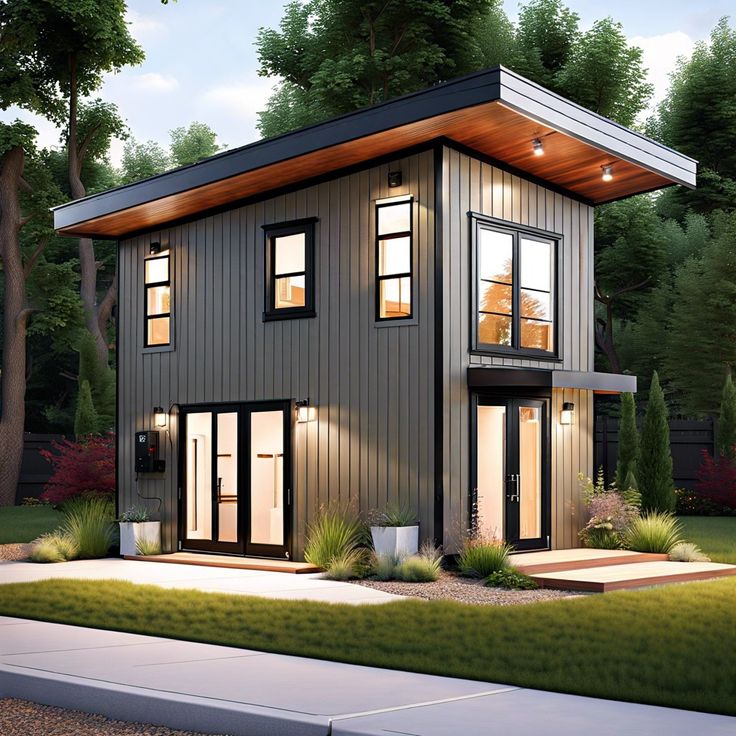
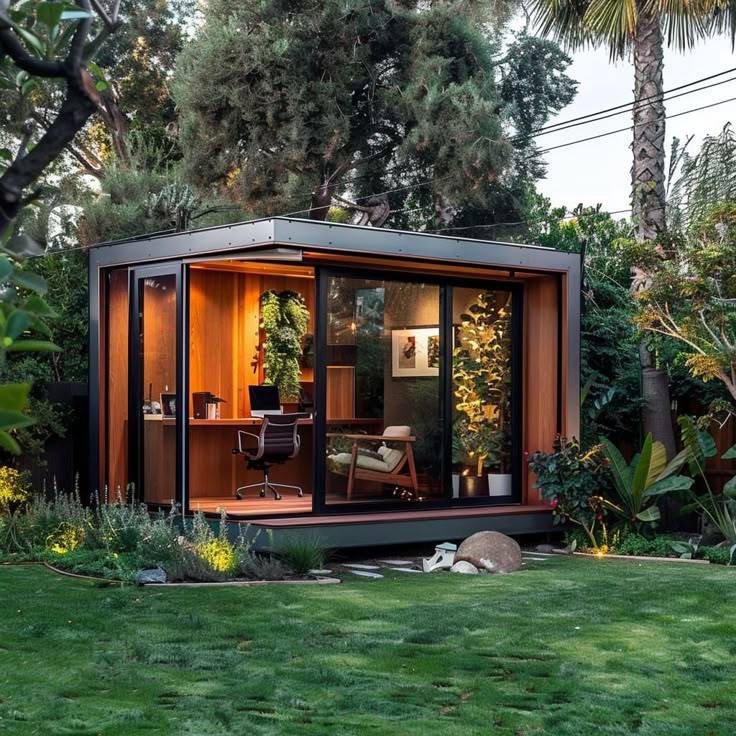
Step by Step Guide to Building an ADU
- Research Local Regulations – Check zoning laws and permit requirements.
- Choose Your ADU Type – Decide between detached, attached, or conversion ADUs.
- Set a Budget – Estimate total construction costs.
- Hire an Architect/Designer – Plan the layout and structure.
- Obtain Necessary Permits – Get city approval before starting construction.
- Hire a Contractor – Ensure quality work and meet deadlines.
- Install Utilities & Final Inspections – Connect water, electricity, and pass inspections.
Commo Mistakes to Avoid When Building an ADU
Avoid These Costly Errors:
- Skipping Permits – Can lead to fines and legal issues.
- Underestimating Costs – Budget for unexpected expenses.
- Ignoring Utility Connections – Plan for water, electricity, and sewage.
- Hiring the Wrong Contractor – Research thoroughly before choosing.
FAQs About Building an ADU
How long does it take to build an ADU?
Typically 6-12 months, depending on permits and construction.
Can I build an ADU on any property?
It depends on local zoning laws and lot size requirements.
Do ADUs increase property taxes?
Yes, but only based on the added value of the ADU.
Can I build an ADU without permits?
No. Permits are required to comply with building codes.
Is an ADU a good investment?
Yes! ADUs generate rental income and increase home value.
Building an ADU is a great way to increase property value, generate rental income, and create additional living space. But to succeed, you need to plan carefully, follow zoning laws, and budget wisely.
Ready to start your ADU project? Get expert guidance and ensure your success! 👉

Leave A Comment